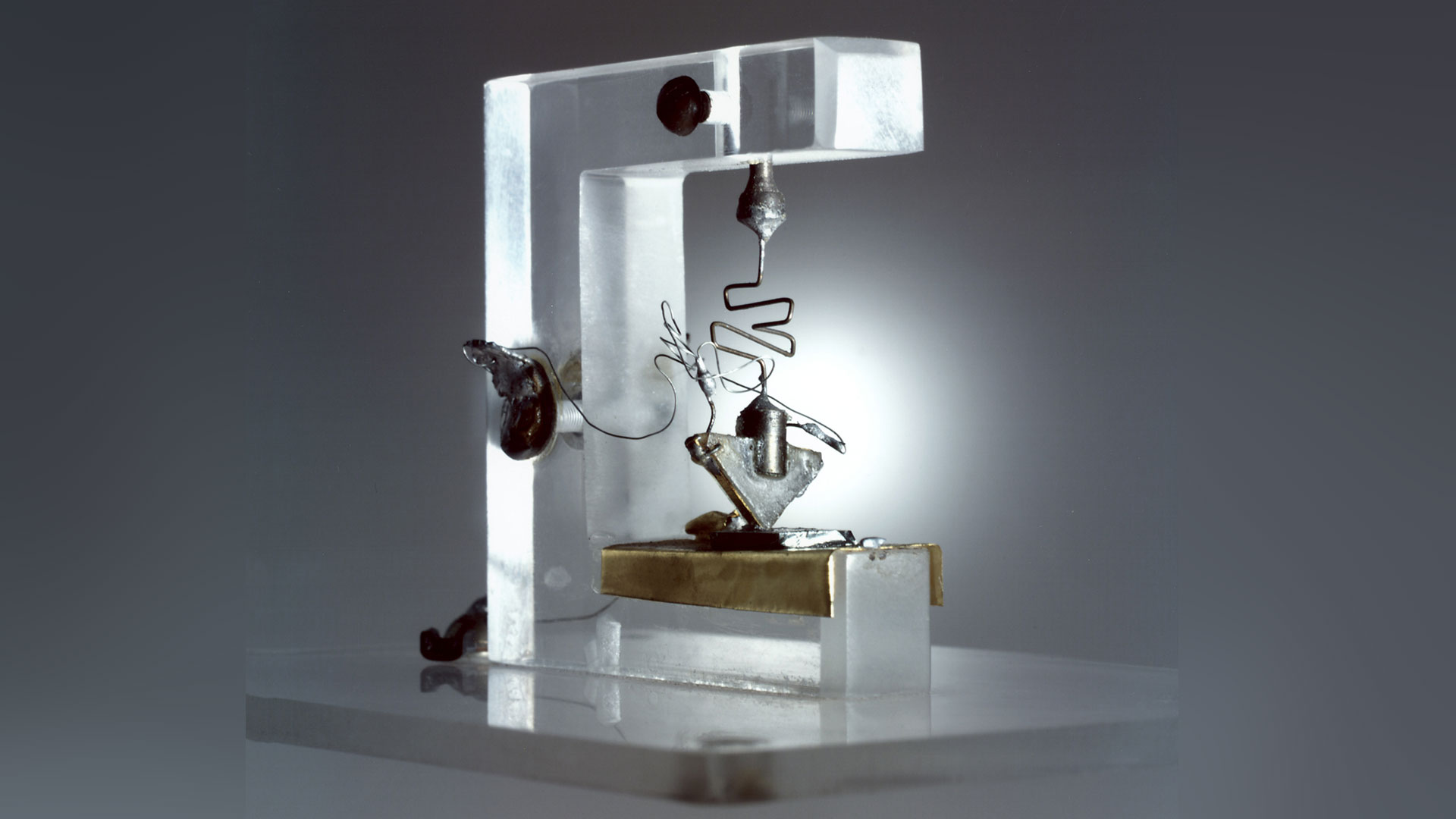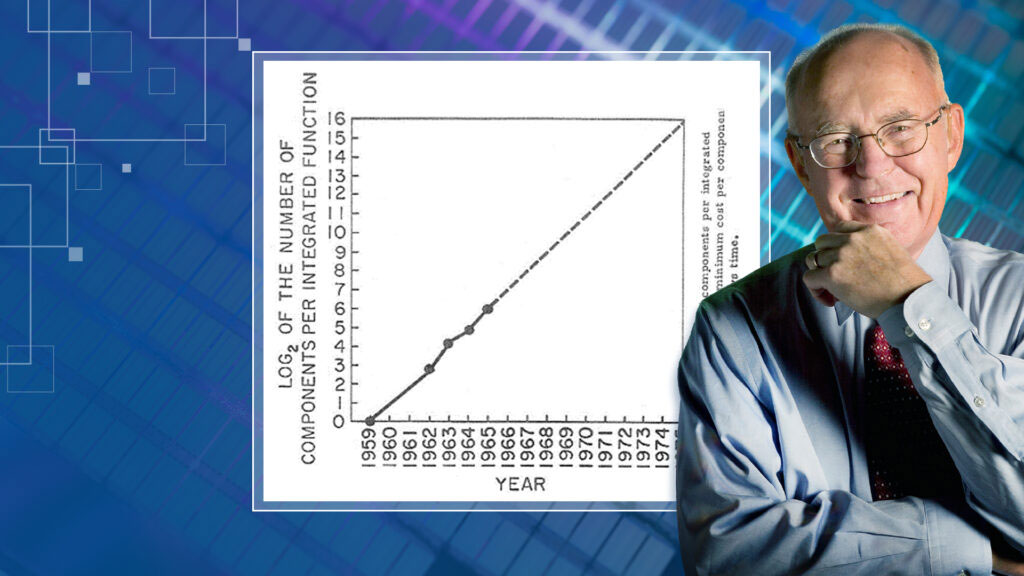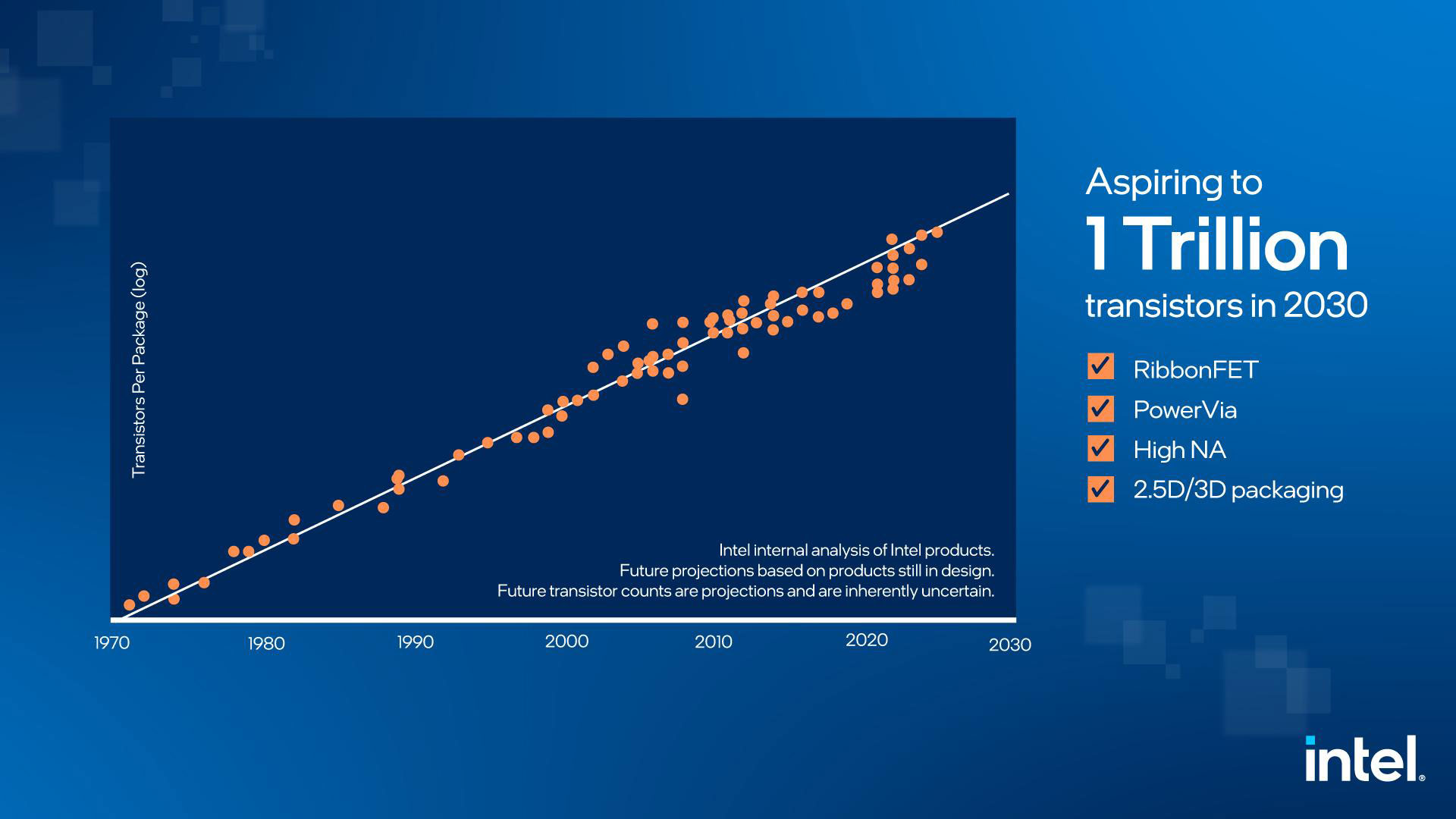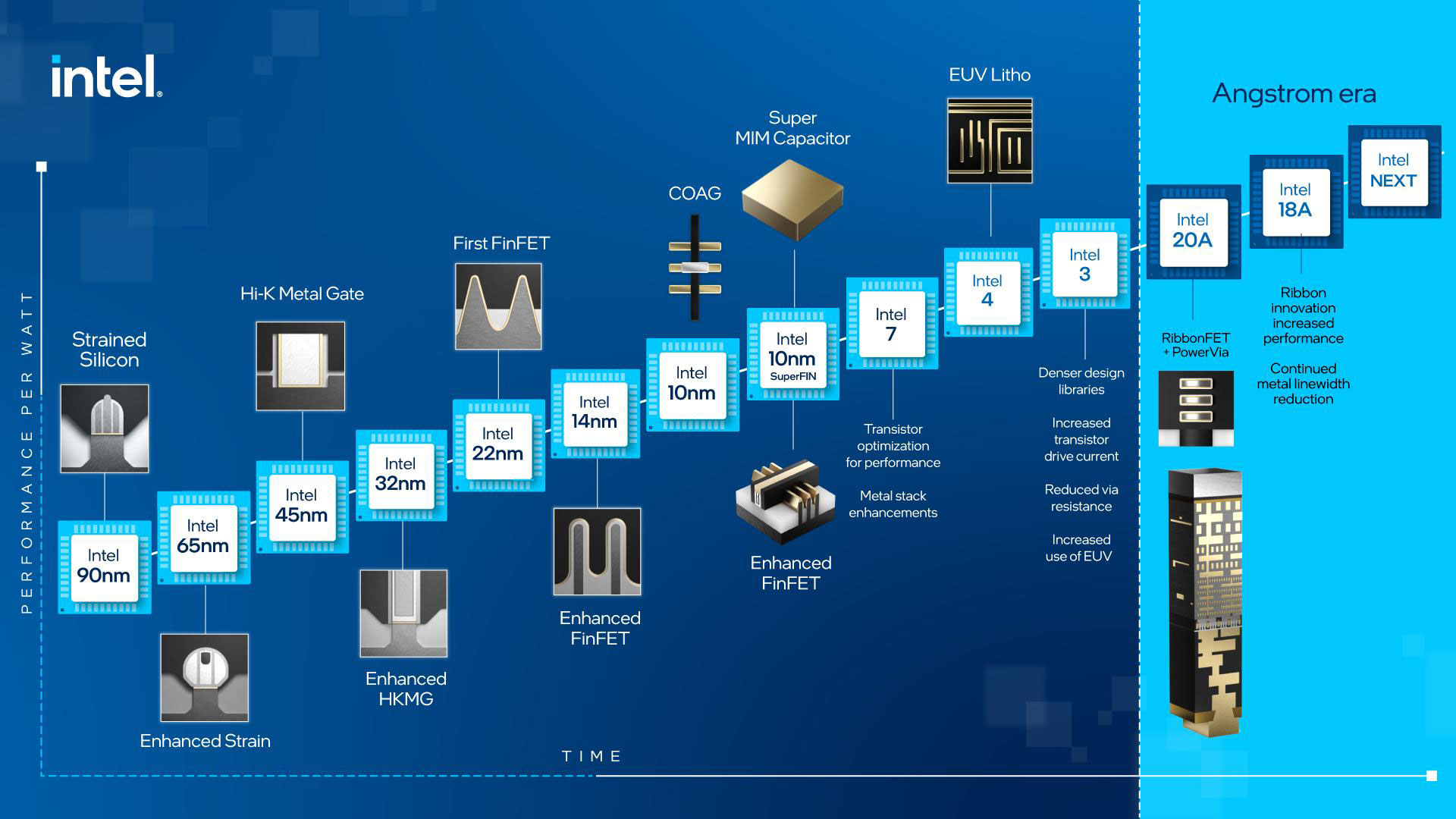The transistor was patented 75 years ago today — the age of silicon and software began with a three-electrode circuit element using semiconductor materials
The trio behind the invention would subsequently win the Nobel Prize in Physics.

75 years ago, the three Bell Labs scientists behind the invention of the transistor would, at last, have the U.S. Patent in their hands. This insignificant-looking semiconductor device with three electrodes sparked the third industrial revolution. Moreover, it ushered in the age of silicon and software, which still dominates business and human society to this day.
The first working transistor was demonstrated in 1947, but it wasn’t until October 3, 1950, that the patent was secured by John Bardeen, Walter Brattain, and William Shockley. The patent was issued for a “three-electrode circuit element utilizing semiconductor materials.” It would take several more years before the significant impacts transistors would have on business and society were realized.
Transistors replaced the bulky, fragile and power-hungry valves, that stubbornly remain present in some guitar amplifiers, audiophile sound systems, studio gear, where their ‘organic’ sound profile is sometime preferred. We also still see valves in some military, scientific, and microwave/RF applications, where transistors might be susceptible to radiation or other interference. There are other niche use cases.
Beyond miniaturization, transistors would deliver dramatic boosts in - computational speed, energy efficiency, and reliability. Moreover, they became the foundation for integrated circuits and processors, where billions of transistors could operate reliably in a much smaller footprint than taken up by a single valve. Processors featuring a trillion transistors are now on the horizon.
1947: invention, 1950: patent, 1965: Moore’s Law, 2025: billions of transistors per chip.
For PC enthusiasts, probably the best known piece of transistor lore comes from Intel co-founder Gordon Moore. Of course, we are talking about Moore’s Law, which was an observation by the pioneering American engineer. Moore’s most famous prediction was that “the number of transistors on an integrated circuit will double every two years with minimal rise in cost.” (Law was revised from one to two years in 1975).



Obviously, prior to 1965, when Moore’s Law was set out, the startling advance in transistor technology indicated that such an extrapolation would be reasonable. Even, now, certain semiconductor companies, engineers, and commentators reckon that Moore’s Law is still alive and well. You can see Intel's position in the slides, above.
Whatever the case, it can’t be denied that since the patenting of the transistor, we have seen incredible miniaturization and advances in computing and software, expanding the possibilities of minds and machines. The current tech universe is actually buzzing with firms that reckon they can make machines with minds - artificial intelligence.
Get Tom's Hardware's best news and in-depth reviews, straight to your inbox.
Follow Tom's Hardware on Google News, or add us as a preferred source, to get our up-to-date news, analysis, and reviews in your feeds. Make sure to click the Follow button!

Mark Tyson is a news editor at Tom's Hardware. He enjoys covering the full breadth of PC tech; from business and semiconductor design to products approaching the edge of reason.
-
rluker5 Vacuum tube, not valve, and wouldn't the Fairchild planar silicon transistor from 1959 be the beginning of the age of silicon as we know it?Reply -
USAFRet Reply
Brits call them valves.rluker5 said:Vacuum tube, not valve, and wouldn't the Fairchild planar silicon transistor from 1959 be the beginning of the age of silicon as we know it?
Same device. -
JeffreyP55 Reply
Early 60's I had a 12 transistor AM radio. Marketing genius. The more, the merrier.Admin said:75 years ago, the three Bell Labs scientists behind the invention of the transistor would, at last, have the U.S. Patent in their hands.
The age of silicon and software began 75 years ago with the patenting of the transistor : Read more -
Exploding PSU It's unfortunate that out of all three, I only have heard of Shockley due to the diode..Reply
EDIT : I was actually thinking of Schottky diodes, I feel really silly now.. -
KennyRedSocks Replyrluker5 said:Vacuum tube, not valve, and wouldn't the Fairchild planar silicon transistor from 1959 be the beginning of the age of silicon as we know it?
Electric valves.
It's actually more accurate because the packages aren't always tubular. -
DaveLTX Vacuum tubes are still in your household. Every microwave oven has a vacuum tubeReply
And so is every X-ray tube just a really spicy and angry one
Also, moores law is a observation not a prediction nor law -
Tanakoi Reply
Shockley -- through the company he founded, and all the companies his ex-employees started as well -- is responsible for the creation of Silicon Valley.Exploding PSU said:It's unfortunate that out of all three, I only have heard of Shockley due to the diode..
EDIT : I was actually thinking of Schottky diodes, I feel really silly now.. -
Tanakoi Reply
Anyone who adds an extraneous syllable to the pronunciation of "aluminum" gets no credit for simplicity.pjmelect said:Silly Yanks calling them vacuum tubes when valves is simpler.
It's more than that. It's a posit (process nodes advance in linear time) coupled with a geometric law (linear dimension reductions yield quadratic areal density increases) to yield a logical conclusion.DaveLTX said:...Also, moores law is a observation not a prediction nor law